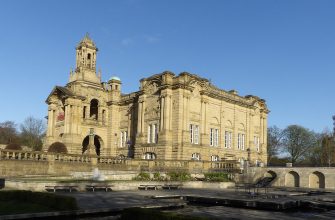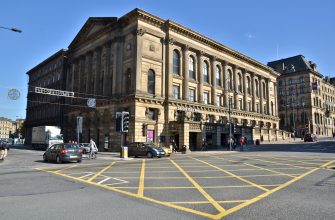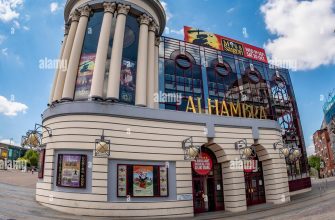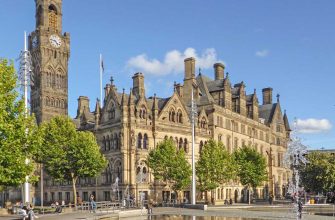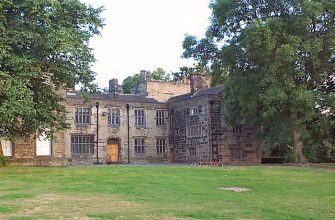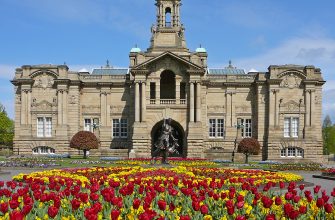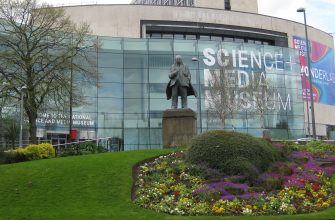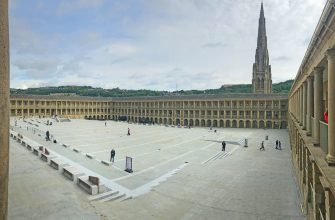The Royal Pavilion, located in the heart of Brighton, East Sussex, England, is a testament to the grandeur and opulence of the British monarchy during the Regency era. This iconic landmark, with its unique blend of Indian and Chinese architectural styles, stands as a symbol of Brighton’s rich cultural heritage. Once a seaside resort for King George IV, the Royal Pavilion is now a major tourist attraction, drawing visitors from around the world to marvel at its historic architecture and beautifully landscaped gardens.
History of the Royal Pavilion
The Royal Pavilion’s history is as fascinating as its architecture. Originally built as a modest farmhouse, it was transformed into a grand palace by King George IV, who used it as a seaside retreat. The Pavilion underwent several phases of expansion and renovation, with the most significant changes occurring between 1815 and 1822 under the guidance of architect John Nash. The result was a magnificent structure that combined Indian exteriors with Chinese-inspired interiors, reflecting the King’s fascination with the exotic.
Attractions at the Royal Pavilion
The Royal Pavilion offers a wealth of attractions for visitors. These include:
- The Banqueting Room: Known for its grandeur and opulence, this room showcases the lavish lifestyle of King George IV.
- The Music Room: This room, adorned with magnificent chandeliers and intricate decorations, was used for royal concerts.
- The Great Kitchen: One of the earliest examples of a modern kitchen, it offers a glimpse into the culinary practices of the Regency era.
- The Gardens: The Pavilion’s gardens, restored to their original 1820s design, provide a tranquil retreat in the heart of the city.
Visiting the Royal Pavilion
Visitors can explore the Royal Pavilion through self-guided tours, with audio guides available in multiple languages. Guided tours are also offered, providing in-depth insights into the Pavilion’s history and architecture. Admission tickets are required for entry, with discounts available for children, seniors, and families. The Pavilion is open throughout the year, except on Christmas Day.
Tips for Tourists
When planning a visit to the Royal Pavilion, keep in mind the following tips:
- Allow at least two hours for your visit to fully explore the Pavilion and its gardens.
- Photography is not allowed inside the Pavilion, but visitors are free to take photos in the gardens.
- The Royal Pavilion Shop offers a range of souvenirs, including replicas of items from the Pavilion’s collection.
- The Pavilion’s Tea Room, located on the upper floor, offers a selection of refreshments and provides stunning views of the gardens.
Practical Information
The Royal Pavilion is located in the centre of Brighton, within easy reach of the city’s main transport links. It is wheelchair accessible, with lifts available to all floors. There are also facilities for visitors with visual or hearing impairments. For those driving, there are several public car parks nearby.
In conclusion, the Royal Pavilion is a must-visit destination for anyone interested in British history, architecture, or the Regency era. Its unique blend of Indian and Chinese design, combined with its status as a symbol of Brighton’s cultural heritage, makes it a truly unique and unforgettable tourist attraction.

